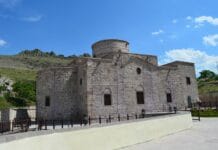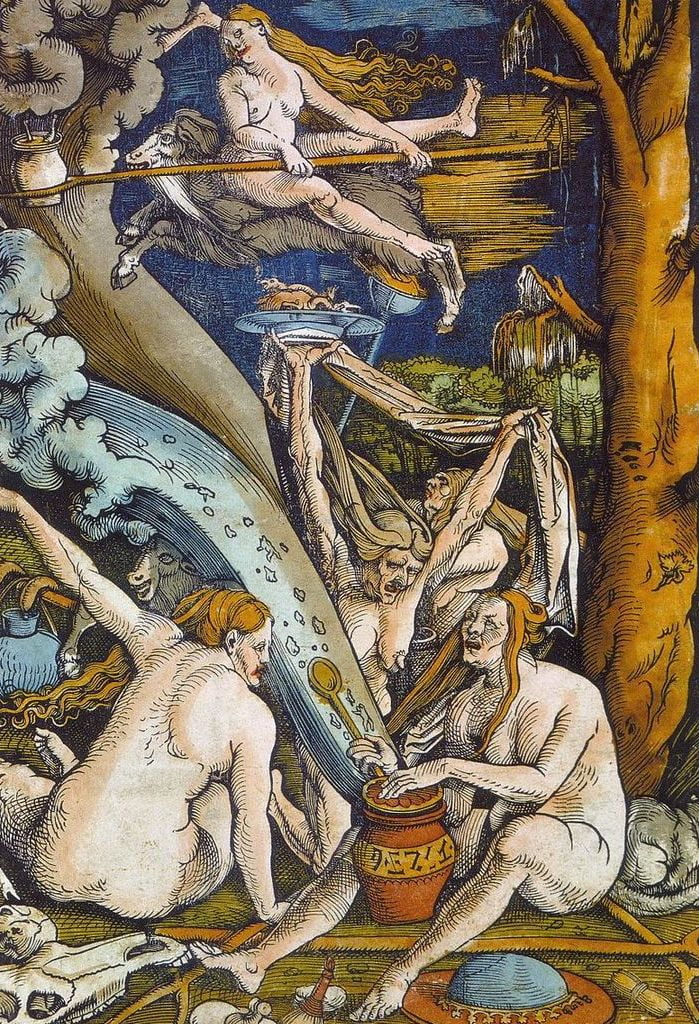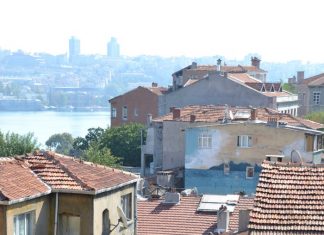Pontus, Cappadocia, and Pergamun
Pontus A Multilingual Region
The northern coast of Asia Minor, known as Pontus, was dominated by a feudal Persian nobility. Despite its fertility, the region was home to people speaking twenty-two different languages in its villages. King Mithradates I (301-266), a partially Hellenized Persian claiming Achaemenid descent, founded the state, gaining independence from both Antigonus I and the Seleucids. Welcoming the arrival of the Gauls like the Bithynians Turmoil and Decline in the Seleucid Kingdom, he established the capital in Amasia, later moved to Sinope in the second century.
Rise of Pontic Power
Mithradates’ successors strengthened the country, employing many Greeks and earning recognition as a Hellenistic power. Pharnaces I (185-169), one of them, ambitiously proposed a Pontic empire encircling the Black Sea. Mithradates V (150-120), the son of Pharnaces, became the most powerful monarch in Asia Minor. His successor, Mithradates VI Eupator Dionysus the Great (120-63), expanded the state significantly, nearly realizing Pharnaces’ dream. The challenge he posed to the Romans will be explored later in this chapter.
Cappadocia A Rugged Tableland
Located in eastern Asia Minor, Cappadocia was a challenging tableland with extreme temperatures and limited crops, compensated by abundant horses, sheep, and mules Adventure Balkan Tours. Ariarathes I, the Persian satrap, claimed descent from Cyrus the Great. After changing hands, Ariarathes II recovered the country as a Seleucid vassal. In 260, his son Ariaramnes declared independence, remaining a Seleucid ally until the Roman defeat of Antiochus III.
Pergamun An Anti-Seleucid Powerhouse
Pergamun, originating from a city of the same name near the Aegean, thrived under Philetaerus, a eunuch of mixed Macedonian and local parentage. Initially under Antigonus I and Lysimachus, Philetaerus defected to Seleucus I in 282, ruling Pergamun as a Seleucid vassal. Known for repelling the first Galatian attack, his legacy continued through later rulers who featured his portrait on coins.








